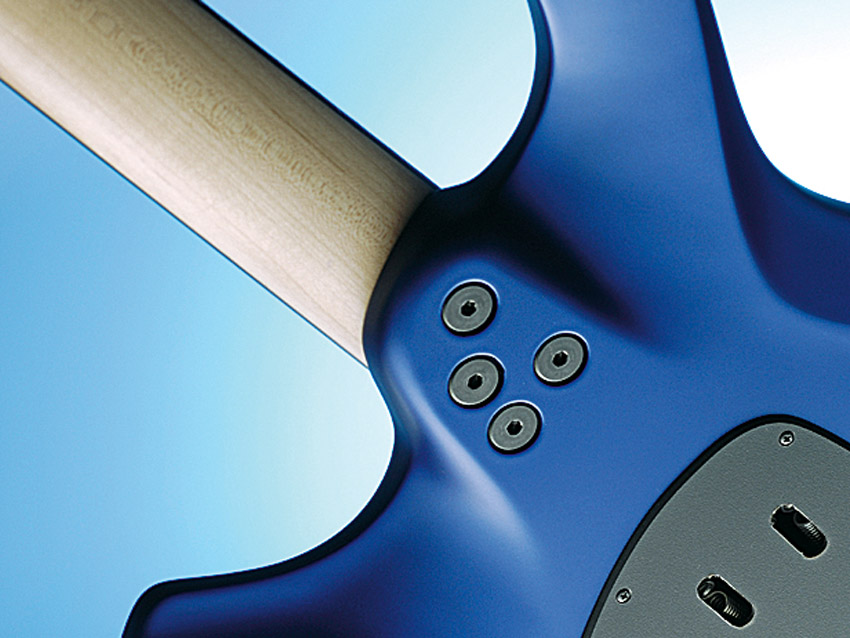Gear advice: what's the difference between glued in and bolt-on necks?
Why are some necks screwed on and others glued?


Every month, Guitar Techniques attempts to answer guitarists' questions with expert and practical advice. Here we bring you some timeless nuggets of gear buying wisdom from our archives…
The question
Dear GT
This might sound a bit strange, but it's been bugging me for ages and no one I ask seems to know the answer. Why do some guitars have necks that are screwed on to the body and others that are glued on?
Lance
The answer
The quick answer is that glued in necks represent the traditional way of building an instrument and can be seen as a throwback from the violin building industry, which dates back a few hundred years.
Bolt-on necks represent a relatively new building tradition, which was popularised by Leo Fender in the 1950s. Leo was an engineer and he considered that having replaceable necks meant fewer spoiled instruments as defective necks could be very quickly replaced, whereas glued-in necks which were found to be faulty after manufacture often weren't.
Sound wise, guitar folklore insists that glued-in necks offer greater sustain and bolt-on more dynamics and 'twang'.
Want all the hottest music and gear news, reviews, deals, features and more, direct to your inbox? Sign up here.

